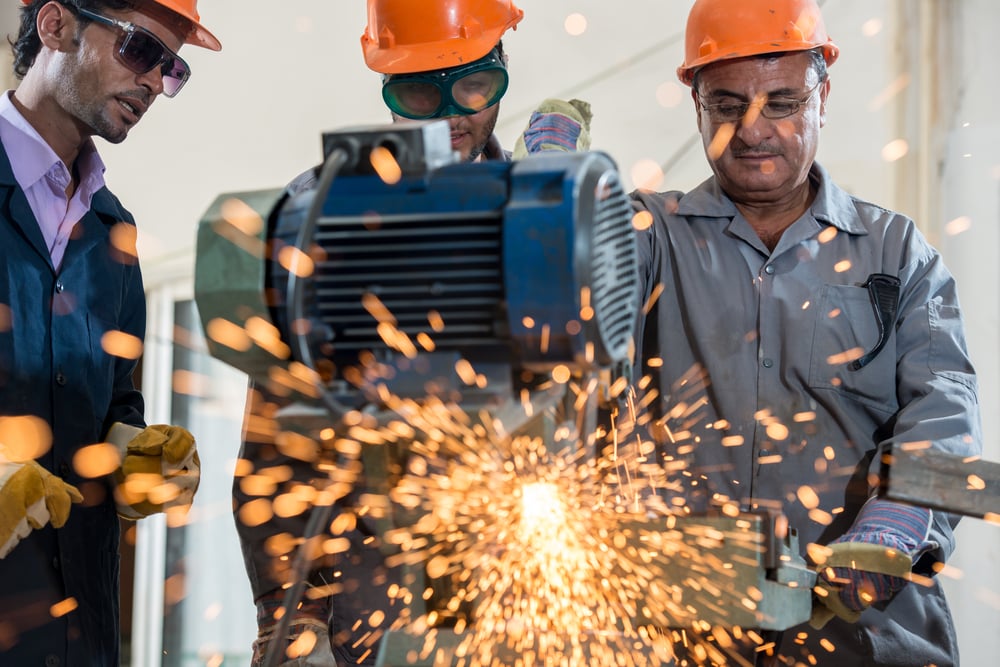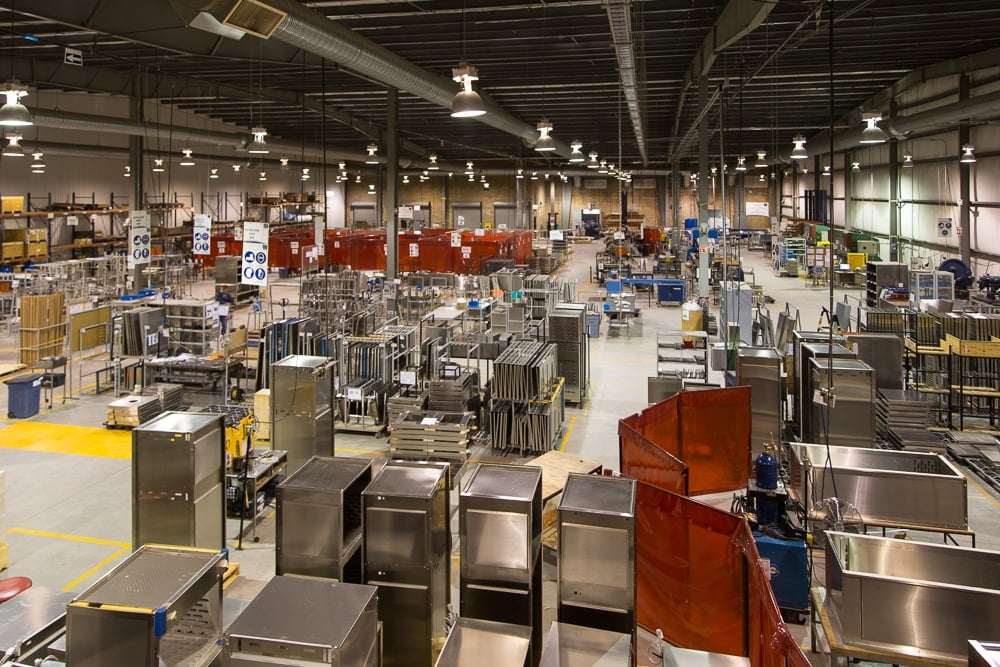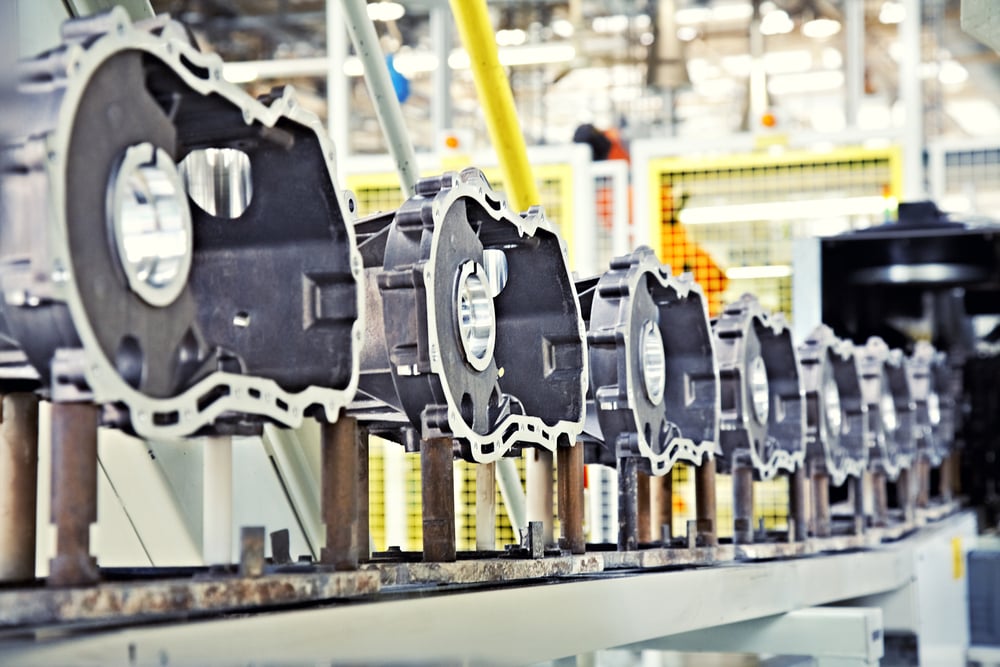Manufacturers are always looking for ways to strengthen their business model and cut costs. Offshoring can help with this, as it can lower the cost of labor and gain certain tax benefits not found in the United States. For many years, high-end manufacturers have sought to do their offshore work in China. However, it has become increasingly apparent that the cost of doing work in that country is more than it's worth for many businesses. As a consequence, expanding to Mexico is being seen as a better alternative for American manufacturing, especially as trade between the two countries strengthens. Now is a good time to reexamine the primary form of export production, the maquiladora.
The Maquiladora Program
Maquiladoras have been in existence since the 1960's. According to scholar Aureliano Gonzalez Baz of the University of Delaware, the official definition of a maquiladora is a manufacturer in Mexico that operates under a maquila program as approved by government officials. The maquila program allows a foreign manufacturer to invest capital and management in a factory without going through many of the obstacles that come with setting up a foreign business.
In addition, the maquiladora is able to import this equipment without having to pay any duties to authorities, saving money for businesses interested. The only stipulation is that the equipment can't stay in Mexico permanently. Given that manufacturers have to change and update equipment on a somewhat frequent basis to ensure continued competitiveness, this isn't much of a problem.
One of the key elements of the maquiladora in Mexico is that it offers certain tax benefits to foreign investors, including Americans. According to a report by accounting firm PwC, companies are able to offset the cost of taxes, including the flat tax and income tax, through transfer pricing. This is a practice of making deduction whenever a company imports materials for use in business. It's quite similar to the way companies make tax deductions for business expenses such as travel, entertaining clients and other related matters. Recent laws passed by the Mexican government have increased the effective tax rate for maquiladoras from 17.5 to 30 percent, according to International Tax Review, but it also allowed them to receive a value-added tax credit from sales with certain conditions and added a 47 percent deduction on tax-exempt benefits to employees, which helped offset the increase.
Maquiladora Locations in Mexico
The interesting thing about maquiladoras is that location doesn't particularly matter. A maquiladora can be in almost any state. The exceptions are the Distrito Federal – also known as Mexico City – Monterrey and Guadalajara, all of whom are already overloaded with factories. With that in mind, most American businesses are keen on working with states along the northern border because of their closeness to the United States. These include Baja California, Sonora, Chihuahua and Nuevo León. Where a company decides to set up a factory is up to them, however.
It is also important to note that state governments in Mexico function somewhat similarly to American state governments and have their own laws on top of federal laws. That is why choosing a state to set up shop is more than just about proximity to the northern border, but also environmental, safety and labor regulations that can impact the cost. Instead of choosing based on the tax benefits alone, businesses will have to choose based on need.
Another crucial consideration is how to get the land to set up a factory. Maquila programs allow foreign investors to purchase land as part of the program. The exception to this, however, is along the border, where a 100-kilometer buffer exists where buying land is prohibited. A 50-kilometer buffer also exists on the coasts, which can impact setting up shop in coastal states such as Sinaloa. Companies will have to purchase rights to a trust on the property in that situation, usually jointly owned by Mexican businesses. There is also the option of accepting leases as well.
Maquiladora Workers
Mexico's working population has an average age of around 27 years old and a history of manufacturing industry careers to match. Mexican employee skills are high and most maquiladora working conditions are modern and efficient to match their staff counterparts. Although there has been a boom in the Mexican manufacturing industry because of maquiladoras and their low costs, some of the maquiladora zones, especially the border, have higher turnover rates mostly because of low wages and high labor competition.
Locations further into the country provide similar benefits and sometimes higher wages at around the same costs. Working with payroll and cost effectiveness in a maquiladora can sometimes be tricky, so knowing the ins and outs of manufacturing in Mexico is strongly suggested.
Subscribe
Sign up and stay informed with tips, updates, and best practices for manufacturing in Mexico.






